The concept of food that never spoils seems almost magical in a world where freshness is a fleeting commodity.
But believe it or not, several foods boast an almost eternal shelf life, making them both fascinating and incredibly valuable. We explore five culinary wonders and explore why their (nearly) timeless nature is nothing short of amazing.

1. Honey
Topping the list of any long-lasting food is honey.
The sweet nectar produced by bees is known to remain edible for thousands of years. Ancient Egyptian tombs have revealed pots of honey that, despite being over 3,000 years old, were still preserved. The reason? Honey’s low water content, high acidity, and the presence of hydrogen peroxide act as barriers against microorganisms. Honey is not only everlasting, but it can be high in antioxidants, as well as a great source of energy.
Creamed raw honey, in particular, retains all these beneficial properties while offering a smoother, spreadable texture. Its natural processing helps preserve the nutrients, making it a perfect addition to your pantry for both taste and health benefits.
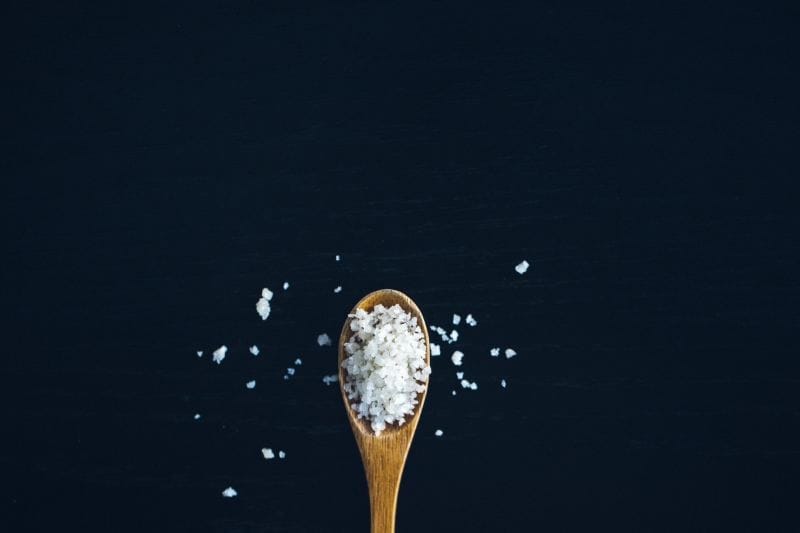
2. Salt
Salt is essential to life, and is one of our basic taste groups.Used for both seasoning and preservation, salt lasts indefinitely. Its ability to dehydrate bacteria and fungi by drawing water out of them ensures that they can’t survive, thus maintaining salt’s purity for eons. Indeed, salt is mined and harvested around the world, with no expiration shelf life at all.
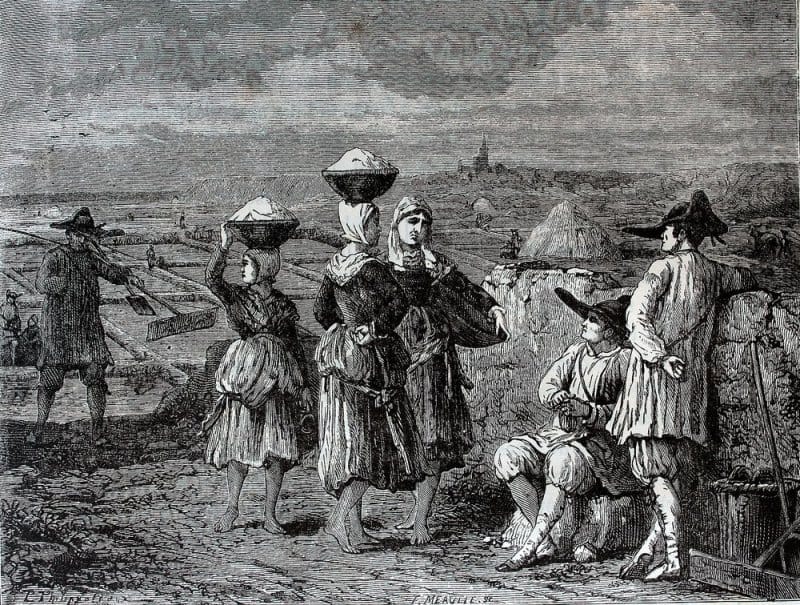
Salt being harvested in the 17th century.

3. Sugar
Similar to salt, sugar’s longevity comes from its desiccating properties. Bacteria and microorganisms need water to grow, and sugar doesn’t give them a chance, effectively granting it eternal life. As long as you keep sugar dry and protected, it can last decades.
Sugar has had a profound effect on human history and culture as well, with whole areas of the Caribbean being colonized for sugar plantations.
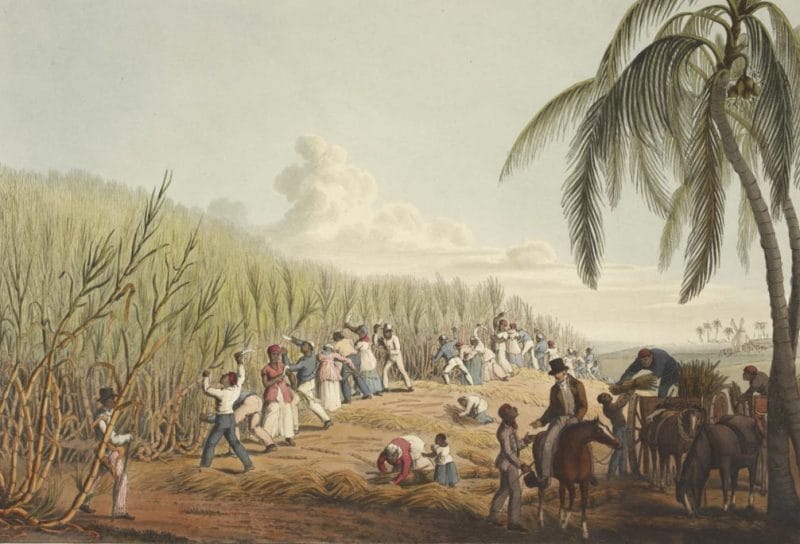
Sugar’s history has lots of ugly sides as well, with slaves being used to plant and harvest sugarcane.
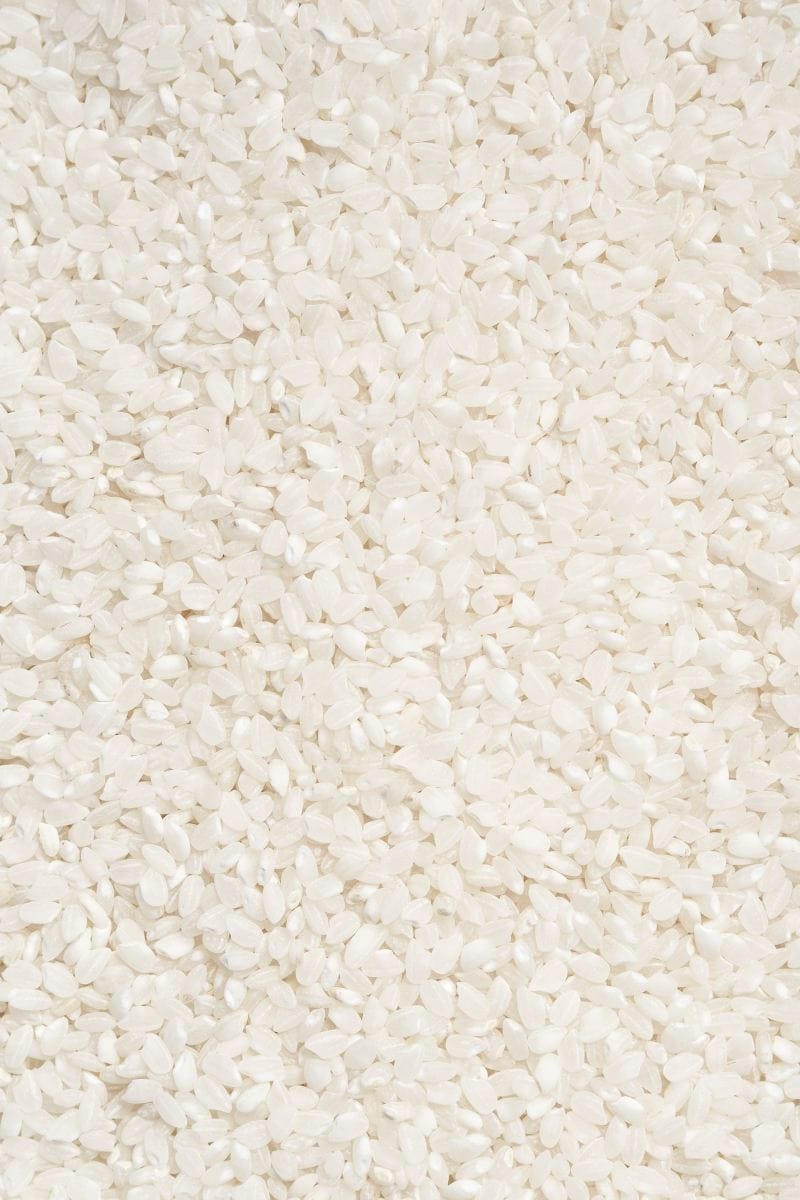
4. White Rice
While brown rice has a limited shelf life due to its oil-rich bran, white rice, with proper storage, can last for decades. It’s said that the nutritional value of white rice can last for 30 years or more. Its low oil content ensures its longevity. Rice is one of the most eaten staples around the world, and its preparation and longevity add to its fascinating history.

Rice plants portrayed in this 9th century relief from Indonesia.
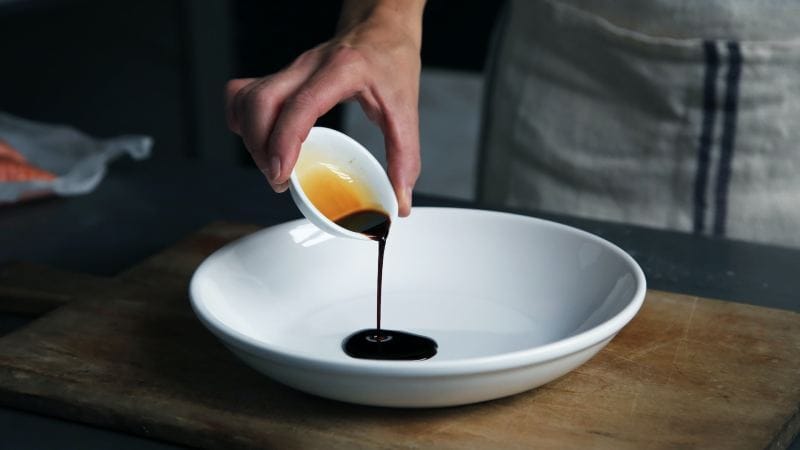
Photo by Ca Creative
5. Vinegar
This acidic wonder not only adds zest to our foods but also stands the test of time. The acetic acid content makes it a hostile environment for bacteria, preserving its tang and taste basically forever. Some high-end grocery stores even sell vinegar that is 100 years old or more, with the long age giving it extraordinary flavor profiles.

This 100 year old vinegar sells for $1000.

Photo by Annie Spratt
Why Their Timelessness is Amazing:
In a world grappling with waste, foods that don’t spoil contribute to sustainability. Their long shelf life means less waste, fewer resources spent on production, and a reduced carbon footprint. Buying foods that never go bad is also a wise investment. They offer value for money and can be bought in bulk, ensuring savings.
These foods are essential staples in cuisines worldwide. Their consistent availability ensures that many traditional recipes can be enjoyed anytime, anywhere. Foods like honey have historical and cultural significance. Discovering preserved honey in ancient tombs connects us to our ancestors, telling tales of ancient civilizations and their diets.
For those interested in being prepared for emergencies, these foods are staples in survival kits. Their enduring nature ensures a reliable food source in unpredictable situations.
The post The Very Longest Shelf Life – These Foods Last Virtually Forever appeared first on Moss and Fog.
